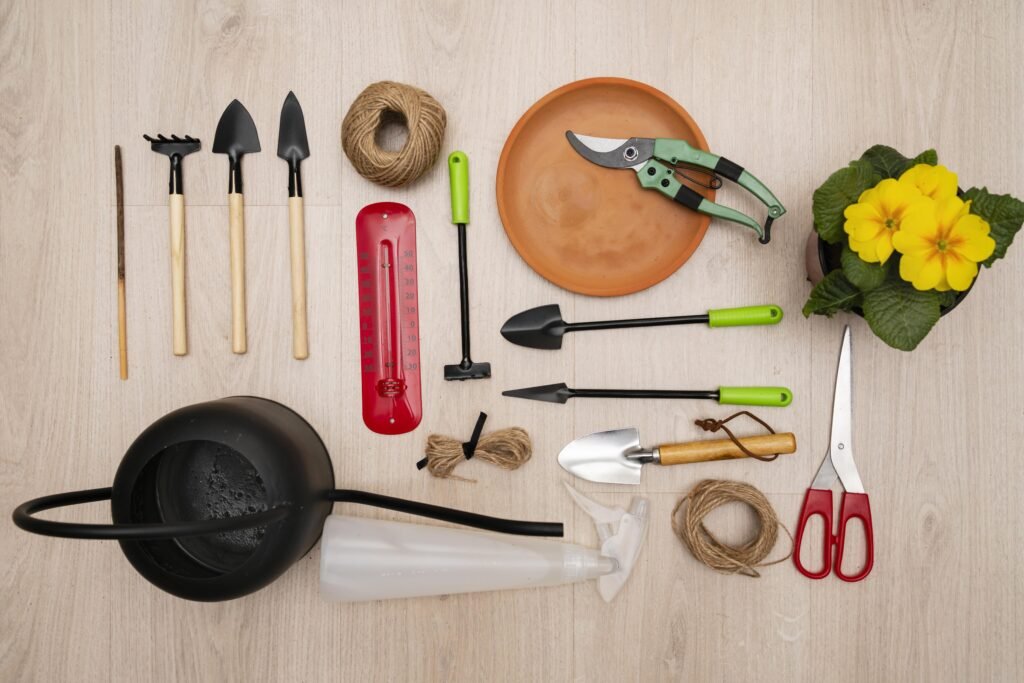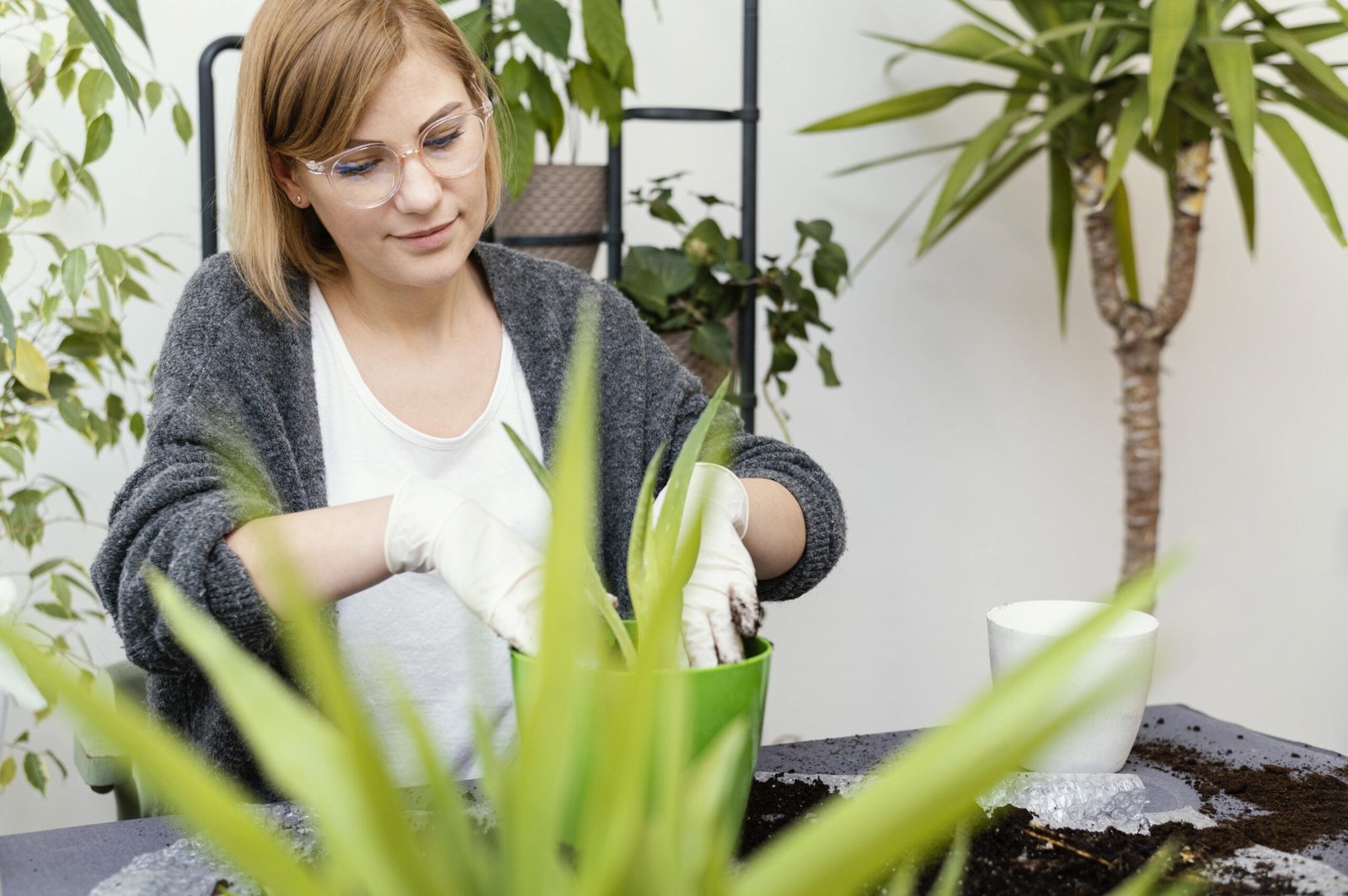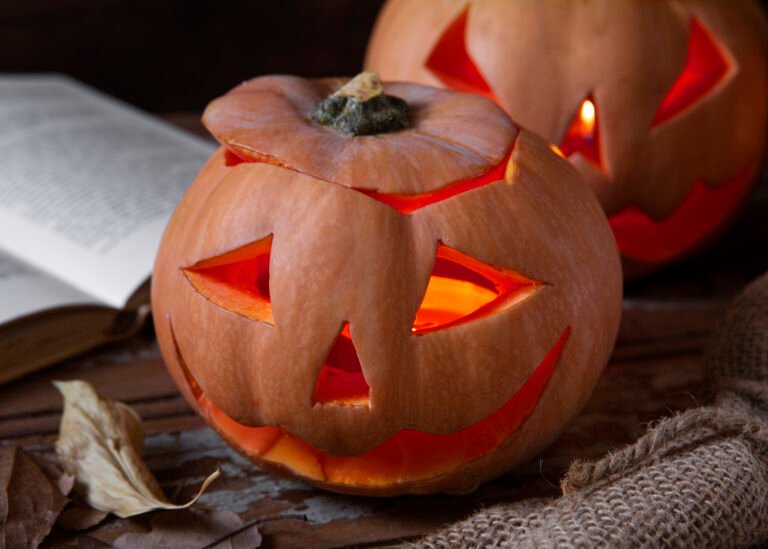How to plant fall bulbs?
Planting fall bulbs is a fun and satisfying gardening activity that prepares your garden for stunning flowers in spring. When the leaves change color and the cool autumn air arrives, it’s the best time to plant your favorite bulbs like tulips, daffodils, and hyacinths. This easy guide will show you how to make your garden look amazing next spring. We’ll cover everything from choosing the right bulbs to how to plant them properly, making sure every step is easy to understand.
This guide starts with choosing the best bulbs and knowing the perfect time to plant them, ensuring even beginners can do it confidently. We’ll go through all the steps, from getting the soil ready to looking after your bulbs during the winter. By following these steps, your garden will come alive with bright colors and lovely smells in spring. So, grab your gardening tools, and let’s start making a gorgeous garden full of blooms for next spring!
What Are Fall Bulbs?
Fall bulbs are like sleeping plant parts that wake up and grow when it gets cold. You plant these bulbs in the fall, and they stay quiet under the ground during winter. Then, when spring comes and it gets warmer, they grow and flower beautifully. Some popular ones are tulips, daffodils, crocuses, and hyacinths.
These bulbs are different from seeds because they already have everything the flower needs to grow packed inside them. They also have a tough outer layer protecting the young plant from bad weather. Planting them in the fall is great because the cool weather and winter rain help their roots get set up well. This way, they’re all ready to multiply and bloom as soon as spring starts, adding lovely colors after the long, cold winter.
What are the Benefits of Planting Fall Bulbs?
Planting fall bulbs is great for your garden and your gardening experience. One big plus is that you get colorful flowers early in spring. Fall bulbs are among the first to bloom, brightening your garden when most other plants are still asleep. This splash of color and variety is nice to see after the dull winter.
Fall bulbs are also easy to take care of. Once you plant them, they don’t need much attention during winter. They mostly rely on natural rain and cool weather to help them grow. This makes them a perfect choice for beginners or anyone who doesn’t have a lot of time for gardening.
Another great thing about fall bulbs is that they can grow and spread over time. Bulbs like daffodils and tulips can create more flowers each year if they like where they are planted. This means you can enjoy more blooms every year without growing more or spending extra money. Plus, you can plant fall bulbs in different parts of the garden, like along edges, in containers, or under trees that lose their leaves. This lets you be creative with how you design your garden.
Choosing the Right Bulbs
Choosing the right bulbs to plant in the fall is important if you want beautiful flowers in spring. First, consider the weather and the hardiness zone where you live, because different bulbs do well in different climates. For example, tulips and hyacinths are cooler places, but some daffodils can handle warmer weather.
It’s very important to buy high-quality bulbs. Ensure they are firm and don’t have mold or too many soft spots. Bigger bulbs usually produce bigger and more impressive flowers, so pay attention to the size of the bulbs when you choose them. You can often find the best quality bulbs at specialty garden stores, reliable online suppliers, or local nurseries.
When choosing different kinds of bulbs, think about when they will bloom. You can choose bulbs that flower early, mid, or late spring. This way, your garden will have colorful flowers all through the season. Also, think about how tall the flowers will grow and what color they will be. This helps them fit well with the rest of your garden. Mixing different kinds of bulbs can make your garden look more interesting and beautiful.
Tools and Materials Needed

Tools and Materials Needed
Before you start planting your fall bulbs, it’s a good idea to gather the right tools and materials to make the job easier and more effective. Here’s what you’ll need:
- Bulb Planter or Dibber: These tools are made for planting bulbs. A bulb planter can pull out a soil core to make a hole, and a dibber pokes a hole without taking the soil out. They help you quickly make holes at the right depth.
- Garden Trowel: If you don’t have a bulb planter, a strong garden trowel also works well for digging holes in your bulbs.
- Gardening Gloves: Wear gloves to keep your hands clean and protect them from moisture and anything sharp or irritating in the garden.
- Bone Meal or Bulb Fertilizer: These are nutrients that help your bulbs grow healthy and bloom beautifully. Make sure the fertilizer you choose is right for the type of bulbs you are planting.
- Watering Can or Hose: If it’s dry outside, your new bulbs will need water. Use a watering can with a rose attachment or a hose with a gentle spray to water your bulbs evenly without messing up the soil.
- Mulch: After you plant the bulbs, put a layer of mulch over the soil. This helps keep the soil moist, stops weeds from growing, and keeps the bulbs warm during cold weather.
- Marker or Label: It’s a good idea to mark where you’ve planted your bulbs. This stops you from accidentally disturbing them later and helps you remember what flowers to expect in the spring.
Having these tools and materials ready will make your bulb planting smooth and set you up for a beautiful garden in spring.
How to Plant Fall Bulbs?
Planting fall bulbs is an easy process that can give you beautiful flowers in spring. Here’s a simple guide to help you do it right:
- Choose the Right Time: The best time to plant fall bulbs is when the evening temperatures are between 40 to 50 degrees Fahrenheit. This usually happens from late September to October in many places, but you might need to adjust this depending on your local weather.
- Prepare the Site: Pick a spot in your garden that gets a lot of sun and has soil that drains well. Bulbs won’t do well in wet, soggy areas. Loosen the soil and mix in some compost or bulb fertilizer to make it richer and help it drain better.
- Plan the Placement: Before you start digging, lay your bulbs out on the soil where you want to plant them. This helps you see how they’ll look and make sure you like the layout. Bulbs look great when they’re planted in groups, not just in single lines.
- Dig the Holes: Use a bulb planter or a garden trowel to make holes that are two to three times deeper than the bulb is tall. As a general rule, plant bulbs deeper in sandy soil and not as deep in heavy, clay soil.
- Plant the Bulbs: Put the bulbs in the ground with the pointy end facing up. If you can’t tell which end that is, just plant the bulb on its side, and the plant will figure out the right direction to grow. Then, cover the bulb with soil and press down softly.
- Water Immediately: Right after you plant them, give the bulbs a good watering. This helps settle the soil around them and starts the root growth before winter.
- Mulch (Optional): If your area gets very cold or you’re expecting a tough winter, you might want to cover the planting area with a layer of mulch for extra protection.
By following these steps, you can plant your fall bulbs with confidence and look forward to a beautiful burst of flowers in the spring.
Common Mistakes to Avoid
When planting fall bulbs, avoid these common mistakes to help your bulbs grow well and brighten your spring garden:
- Planting Too Shallow: Bulbs should not be planted too close to the surface. If they are, they might not grow strong roots, which can make them vulnerable to cold and cause them to sprout too early. Make sure to plant bulbs at a depth that is three times their height.
- Ignoring Soil Conditions: Bulbs need soil that drains well to avoid rotting. If you plant them in wet, soggy soil, they might rot before they even start growing. If your soil doesn’t drain well, you could raise the garden beds or add organic matter to make the soil better.
- Planting Bulbs Upside Down: It’s best to plant bulbs with a pointy end up. This helps them grow easier and healthier. The flat end, which might have some small roots, should face downward.
- Overcrowding: If bulbs are planted too close to each other, they will have to compete for nutrients and space, which can lead to smaller flowers. Give them enough room based on their size; usually, larger bulbs need more space.
- Skipping the Fertilizer: It’s not always necessary, but using a bit of fertilizer made for bulbs when you plant can help. It gives them the nutrients they need to grow in spring. Just make sure to avoid fertilizers with high nitrogen levels, as these can damage the bulbs.
- Neglecting to Water After Planting: Bulbs need to be watered right after you plant them, even though it’s fall. This first watering is crucial for helping them establish strong roots. If they don’t get enough water initially, their roots might not develop well.
- Forgetting Where You Planted Them: It’s easy to accidentally dig up bulbs in the spring when you’re planting new flowers if you don’t remember where they are. Using markers or making a garden map when you plant can help you keep track of where each type of bulb is.
By avoiding these mistakes, you’ll help your fall bulbs grow healthy and strong, setting up a beautiful display for spring.
In conclusion
In conclusion, planting fall bulbs is a fun and rewarding activity that prepares your garden for a colorful spring. By learning the basics of fall bulbs, understanding their benefits, picking the right ones, having the right tools, and planting them correctly, you can look forward to a successful bloom. Avoid common mistakes like planting too shallow, not paying attention to the soil, and putting the bulbs too close together. With some planning and care, you can create a beautiful display of colors that will welcome spring each year. Happy gardening!
FAQs
When is the best time to plant fall bulbs?
Plant fall bulbs when the evening temperatures start to drop consistently between 40 to 50 degrees Fahrenheit, typically from late September to October, depending on your climate.
How deep should I plant my fall bulbs?
A good rule of thumb is to plant bulbs at a depth three times the height of the bulb. This means if a bulb is 2 inches tall, it should be planted 6 inches deep.
Can I plant fall bulbs in containers?
Yes, fall bulbs can be planted in containers. Make sure the container has adequate drainage holes and use a well-draining potting mix. The planting depth remains the same as in the garden.
What should I do if my garden soil is very clayey or sandy?
Amend clayey soil with compost or grit to improve drainage. For sandy soil, add compost or peat moss to increase its ability to retain moisture and nutrients.
How often should I water bulbs after planting?
Water your bulbs once right after planting to help settle the soil around them. After that, only water if the weather is unusually dry, as fall and winter precipitation usually provide sufficient moisture.







